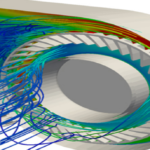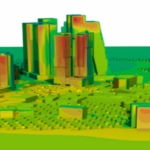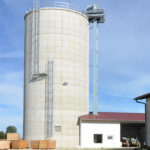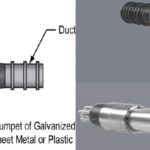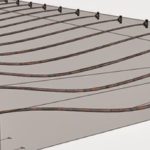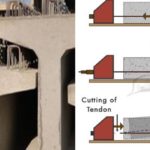Blog
What Are The Benefits Of CFD Analysis?

Computational fluid dynamics (CFD) is a computer-based analysis method used to analyze fluid behavior in a computer environment according to conservation laws. CFD analysis can result in the analysis of fluid problems such as velocity, pressure, density, temperature, and turbulence in designing fluid problems about the flow of liquids and gases.
Furthermore, Computational fluid dynamics (CFD) can also be used to investigate the behavior of liquids and gases in complex systems designed in areas such as aerospace, shipping, automotive and energy industries. CFD simulations are also applied to analyze the effects of environmental factors such as weather conditions on the performance of a system. The main reason for using the CFD method is that it makes it possible to provide realistic operating conditions that include important issues related to modeling, design, and operation. The benefits of CFD analysis are listed as follows:
-With the CFD method, there is no need for high costs by obtaining results in computer environment without the need for physical experiments. Thanks to this, it saves time by providing results and analysis in a shorter time.
-In the simulation of the model designed in CFD analysis, gas leaks, the spread of chemical substances and malfunctions that may occur in the model designed in the simulation visualizes the dangerous situations with simulation and helps to predict the safety issues of the model and to make it in accordance with the standards.
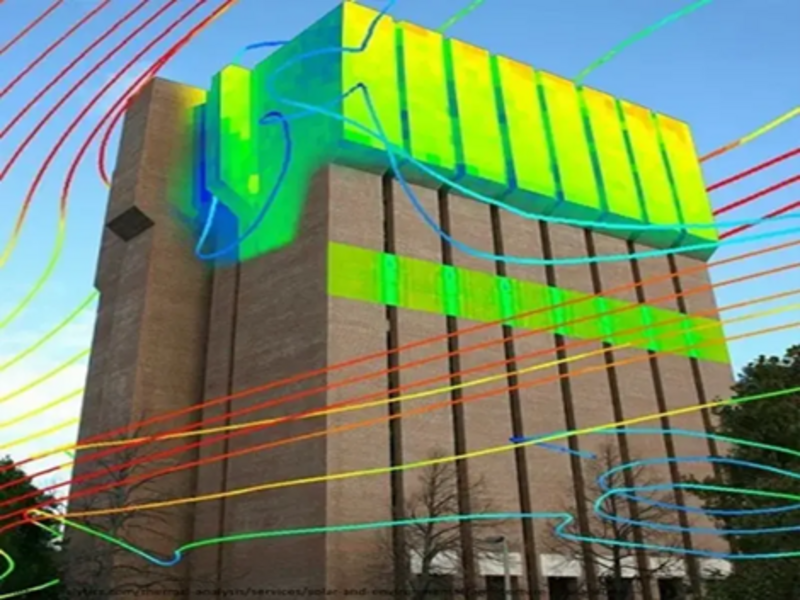
-CFD analysis can be used to optimize modeled designs and improve yield performance.
-By providing a different perspective on fluid dynamics, it helps to visualize complex phenomena in three dimensions that are difficult to observe in physical experiments from every angle. As such, CFD simulations can be used to visually analyze the effects of environmental influences on the performance of a system. As a result, their behavior can be studied.
-CFD allows us to easily see all kinds of conditions without physical constraints of various scenarios, conditions and design changes. As a result, it helps to improve according to the detailed results in this regard.
-The CFD approach achieves this goal better than other theoretical or experimental methods. For example, advances in technologies in the field of air conditioning allow us to obtain increasingly clearer information on the flow within the living space.
In summary, the use of CFD simulations in selected areas offers a wide range of benefits, including cost and time savings, safety aspects, risk considerations and exploring many innovative design perspectives.
Latest Blog
-
Reinforced Concrete Calculation Static Report
31 January 2024 -
Steel Calculation Static Report
31 January 2024 -
What Is CFD Analysis?
22 December 2023 -
What Are The Benefits Of CFD Analysis?
22 December 2023 -
Silo Reinforcement with Post-Tensioning Method
26 September 2023 -
Post Tensioning Method in Cantilever Slabs
4 September 2023 -
Post-Tensioning Application In Reinforced Concrete Silos
22 August 2023 -
Components Of Post Tensining
16 August 2023 -
What Are Pre-Stressing And Post-Tensioning?
11 August 2023 -
What is Prestressing?
8 August 2023 -
History Of Post Tensioning
8 July 2023 -
Post Tensioning Method In Foundations
14 June 2023 -
What Is Post Tension?
30 September 2022 -
Steel Static Projects
27 September 2021




